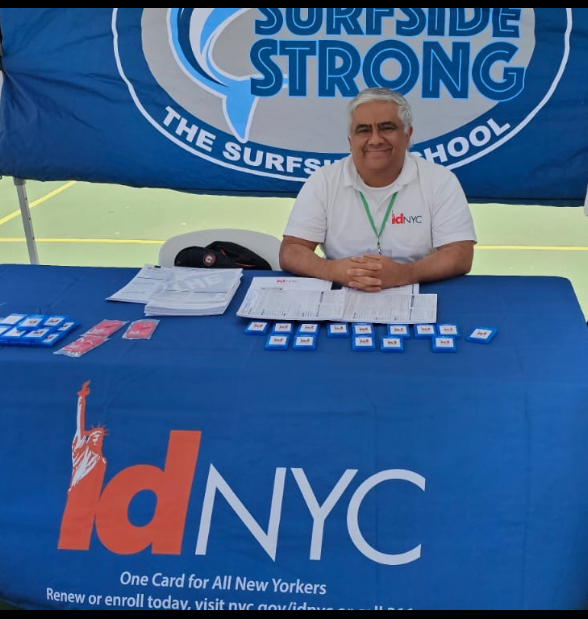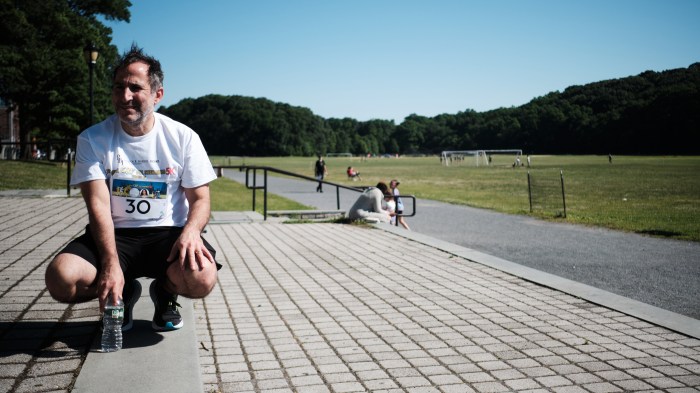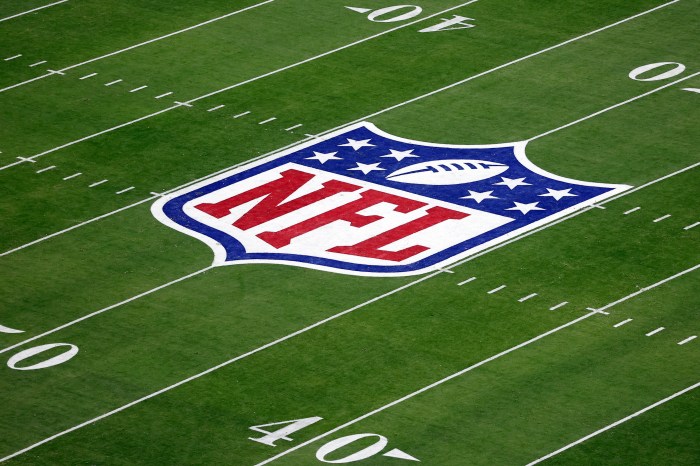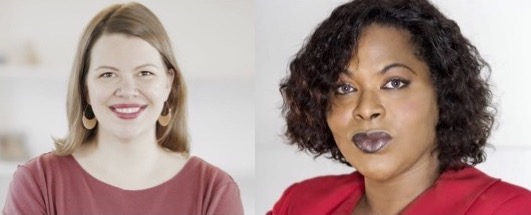The Department of Social Services announced the opening of a new IDNYC center on June 24 in the Bronx’s Tremont neighborhood, which the agency says will increase the number of New Yorkers served from 7,100 to 7,500 weekly.
The new center at 1910 Monterey Ave. will bring the citywide total up to 11 locations, with at least two per borough — except Staten Island, which has one. The other Bronx location is at 3030 Third Ave. in Melrose.
As the largest municipal ID program in the country with 1.6 million cards issued, IDNYC serves those who have difficulty obtaining state-issued identification, such as undocumented immigrants, seniors, the homeless and formerly incarcerated.
While a state law passed in 2019 allows undocumented immigrants to apply for driver’s licenses, IDNYC is an alternative that is widely accepted for the purposes of employment, library use, housing, bank accounts and other necessities.
The new Bronx center is likely to receive a lot of traffic, especially in light of the closure of many of the city’s IDNYC locations since the program’s inception in 2015.
Local news outlet Gothamist reported in February that the city had 29 IDNYC locations open in 2017 — and as they shuttered over the years, the Bronx saw the most closures. The Bronx had 10 centers in 2017, and the center to open June 24 will leave just two.
City Council members representing the Bronx applauded the upcoming opening.
“With a surge in demand for the IDNYC program, it is vital that residents have access to enrollment where they live and work,” said City Council Deputy Speaker Diana Ayala, who represents the South Bronx and East Harlem. “Regardless of citizenship status, every resident deserves access to a municipal ID and all of the important benefits that come with the largest municipal ID program in the nation.”
Beyond the practical necessity, having a valid photo identification “brings a comfort to people,” said Scott French, administrator of the city Human Resources Administration, which oversees IDNYC.
French told the Bronx Times the agency is prepared to meet high demand due largely to the influx of asylum seekers throughout the city. Last year marked a six-year high in enrollments — a 43% increase from 2022 — and the agency expects to sustain high numbers this year.
“The increased availability of appointments will make it easier for more Bronx residents to obtain an IDNYC, empowering them to access critical city services and opportunities,” said Council Member Kevin C. Riley, who represents Bronx neighborhoods including Wakefield, Co-Op City and Williamsbridge. “This progress reflects our city’s commitment to equity and inclusion, as we continue to break down barriers for our most vulnerable neighbors.”
No walk-ins
The new Bronx center is housed in the same building as a Benefits Access Center, so New Yorkers can potentially apply for additional services such as SNAP under the same roof, said French. The card also comes with memberships and discounts to cultural institutions, sporting events, fitness facilities and more.
However, enrollees should be aware that appointments with IDNYC are only available online or by calling 311. Walk-ins are no longer accepted at any center.
The agency changed to an appointment-only model on January 29, 2024 — but the switch apparently caused confusion. As reported by local news outlet THE CITY, migrants came to a Brooklyn enrollment center and waited in long lines outdoors in the cold, not realizing that they would be turned away.
French said the no-walk-ins policy allows the agency to efficiently serve more residents.
Taking appointments only via 311 or the internet — thereby eliminating the need to set aside slots for walk-ins — is a “really effective way to further streamline the process,” said French.
He said the appointment-only model also helps the agency combat misinformation, as some enrollees who waited in those long lines mistakenly believed the IDNYC cards provided work authorization or impacted immigration status.
In all, the city intends for more, not fewer, undocumented immigrants and asylum seekers to apply for IDNYC. Under the Adams administration, the list of acceptable paperwork to verify identity and residency was expanded to include foreign passports and birth certificates and various documents from the U.S. Immigration and Customs Enforcement.
HRA also conducts community outreach to make sure people know that IDNYC is available — and what the card does and doesn’t do, said French.
He said the agency has trained over 200 staffers of community organizations throughout the city to provide them with an overview of the program and what documentation is needed to apply. Those staffers will in turn help spread the word to potential enrollees.
“The need is there, and we’re able to meet the need,” said French.
Reach Emily Swanson at eswanson@schnepsmedia.com or (646) 717-0015. For more coverage, follow us on Twitter, Facebook and Instagram @bronxtimes






















